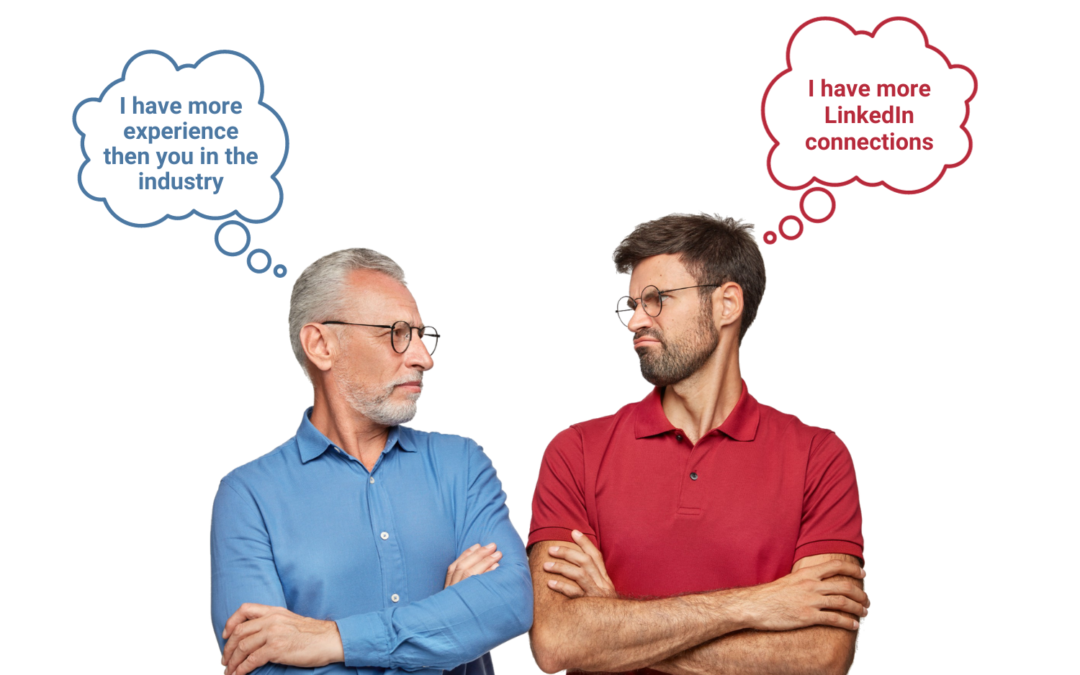Effectively managing a diverse multigenerational workforce requires recognizing each employee as a unique individual, fostering mentorship connections, and adapting your communication approaches. In today’s corporate landscape, diversity is not limited to product portfolios and market segments alone. It also extends to the workforce, where Baby Boomers, Generation X, Millennials, and Generation Z coexist. Successfully navigating this generational mosaic requires a strategic approach, and one of the most powerful strategies is fostering employee engagement.
Many leaders and managers are uncertain about engaging diverse employee groups. They wonder: How often should I recognize millennials? What inspires Gen Xers and baby boomers? What should I know about Gen Z and the upcoming Gen Alpha workforce?
Here’s how employee engagement benefits a Multigenerational Workforce company:
Enhanced Productivity:
Employee engagement closely correlates with productivity. Motivated, valued, and connected employees tend to give their best effort. In a multigenerational workplace, engagement fosters a shared sense of purpose, increasing overall productivity.
Knowledge Sharing:
A Multigenerational Workforce offers a wealth of experience and knowledge. Engaged employees are more likely to share their expertise, from Baby Boomers passing on industry wisdom to Millennials and Generation Z contributing tech-savvy skills. This knowledge transfer enhances overall competency.
Fostered Innovation:
Engaged employees tend to think creatively and contribute fresh ideas. In a Multigenerational Workforce, diverse perspectives and problem-solving approaches thrive. Encouraging these diverse viewpoints can lead to innovative solutions.
Enhanced Collaboration:
Engaged employees collaborate effectively. In a Multigenerational Workforce, creating an environment where employees from different age groups work together harmoniously strengthens teams. Each generation brings unique strengths, and employee engagement unlocks their potential.
Reduced Turnover:
Engaged employees are more committed to their organizations. In a Multigenerational Workforce, talent retention across generations is crucial. Engaged employees are less likely to seek opportunities elsewhere, reducing turnover rates and associated costs.
Improved Employee Well-being:
Employee engagement is closely tied to well-being. Prioritizing engagement often includes focusing on work-life balance, mental health support, and wellness initiatives. These benefits appeal to employees of all generations, fostering a happier and healthier workforce.
Enhanced Customer Satisfaction:
Engaged employees provide exceptional customer service. Regardless of age, connected employees are more inclined to go the extra mile, leading to improved customer loyalty and business growth.
Increased Adaptability:
In today’s rapidly changing business landscape, adaptability is essential. Engaged employees are open to change and willing to embrace new technologies and processes. This adaptability is crucial in a Multigenerational Workforce where comfort levels with technology and change vary among generations.
Conclusion
In the intricate fabric of Multigenerational Workforce organizations, employee engagement serves as the thread that binds different generations together. Just as a skilled weaver blends various threads to create a harmonious design, organizations that understand generational differences and customize their engagement strategies accordingly can achieve unity. Employee engagement becomes the bridge that connects generations, transcending differences and forging a path towards mutual respect and productivity.
Reach out to us to explore more about employee related surveys!

